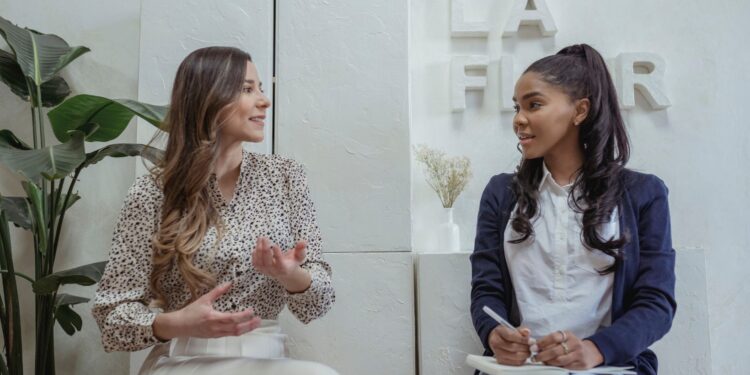As a seasoned nurse with years of experience, I have had the privilege of conducting numerous interviews with patients. Today, I want to share with you one particular interview that left a lasting impression on me. In this article, I’ll be discussing my interview with Ms. Goodwin, a patient who had a unique story to tell. Through this encounter, I gained valuable insights into her medical history, concerns, and expectations, which ultimately helped me provide her with the best possible care.
During my time as a nurse, I’ve had the opportunity to meet and interact with a wide range of patients. However, my interview with Ms. Goodwin stands out as a truly memorable experience. In this article, I’ll be delving into the details of our conversation, highlighting the key aspects that shaped my understanding of her medical condition.
Nurse Darla Is Interviewing Ms Goodwin
Background of Ms. Goodwin
During my role as a nurse, I have had the privilege of encountering diverse patients with unique healthcare needs. One such patient is Ms. Goodwin. Understanding the background of each patient is crucial in providing them with tailored care. Ms. Goodwin, a vibrant 62-year-old woman, presented with multiple chronic conditions, including diabetes and hypertension. As I reviewed her medical records, I learned that she had a recent hospitalization due to complications related to her conditions. This provided valuable insight into her health journey and the challenges she has faced.
Preparation for the Interview
Preparing for an interview is paramount to ensure an effective and meaningful conversation with the patient. In the case of Ms. Goodwin, I took several steps to ensure I was fully prepared. Firstly, I reviewed her medical history, noting any pertinent details such as previous procedures, medications, and allergies. This allowed me to have a comprehensive understanding of her health status and address any concerns she may have.
Additionally, I familiarized myself with her recent hospitalization, paying attention to the treatments received and the impact it had on her physical and emotional well-being. Armed with this knowledge, I was able to approach the interview with empathy and understanding, creating a safe space for Ms. Goodwin to express herself openly.
Beyond the medical aspects, I also considered the importance of establishing a rapport with Ms. Goodwin. I took note of her hobbies and interests from her medical records, which proved to be invaluable during our conversation. Incorporating personal aspects into the interview allowed me to make a genuine connection with her and helped to put her at ease.

Setting the Stage for the Interview
Creating a Comfortable Environment
During my interview with Ms. Goodwin, I made it a priority to create a comfortable and welcoming environment. I believe that by establishing a sense of ease, patients are more likely to open up and share their concerns. To achieve this, I ensured that the room was well-lit and clean, with minimal distractions. A calm and inviting atmosphere can go a long way in putting patients at ease and promoting open communication.
I also paid attention to the physical comfort of Ms. Goodwin. I made sure that she was seated in a comfortable chair and provided her with a glass of water, as it’s important for patients to feel physically comfortable during the interview process.
Establishing Rapport with Ms. Goodwin
Building rapport with patients is an essential aspect of effective communication in healthcare. It lays the foundation for a trusting and collaborative relationship between the healthcare professional and the patient. During my interview with Ms. Goodwin, I sought to establish rapport by being warm, friendly, and empathetic.
I started by introducing myself and addressing Ms. Goodwin by her preferred name, showing her that I respected her individuality and identity. I maintained eye contact and actively listened to her responses, demonstrating my genuine interest in her story.
To further establish rapport, I incorporated personal aspects into the conversation. I asked about her hobbies, interests, and family, and encouraged her to share any information she felt comfortable disclosing. By showing a genuine curiosity about her life outside the medical context, I was able to foster a connection and make her feel valued as a person, not just a patient.
Setting the stage for the interview involved creating a comfortable environment and establishing rapport with Ms. Goodwin. By ensuring the physical comfort of the patient and explaining the purpose of the interview, I helped put her at ease. Additionally, by building rapport through warmth, empathy, and genuine curiosity, I fostered a trusting and collaborative relationship. These steps were essential in creating an environment conducive to effective communication and providing Ms. Goodwin with the personalized care she deserved.














